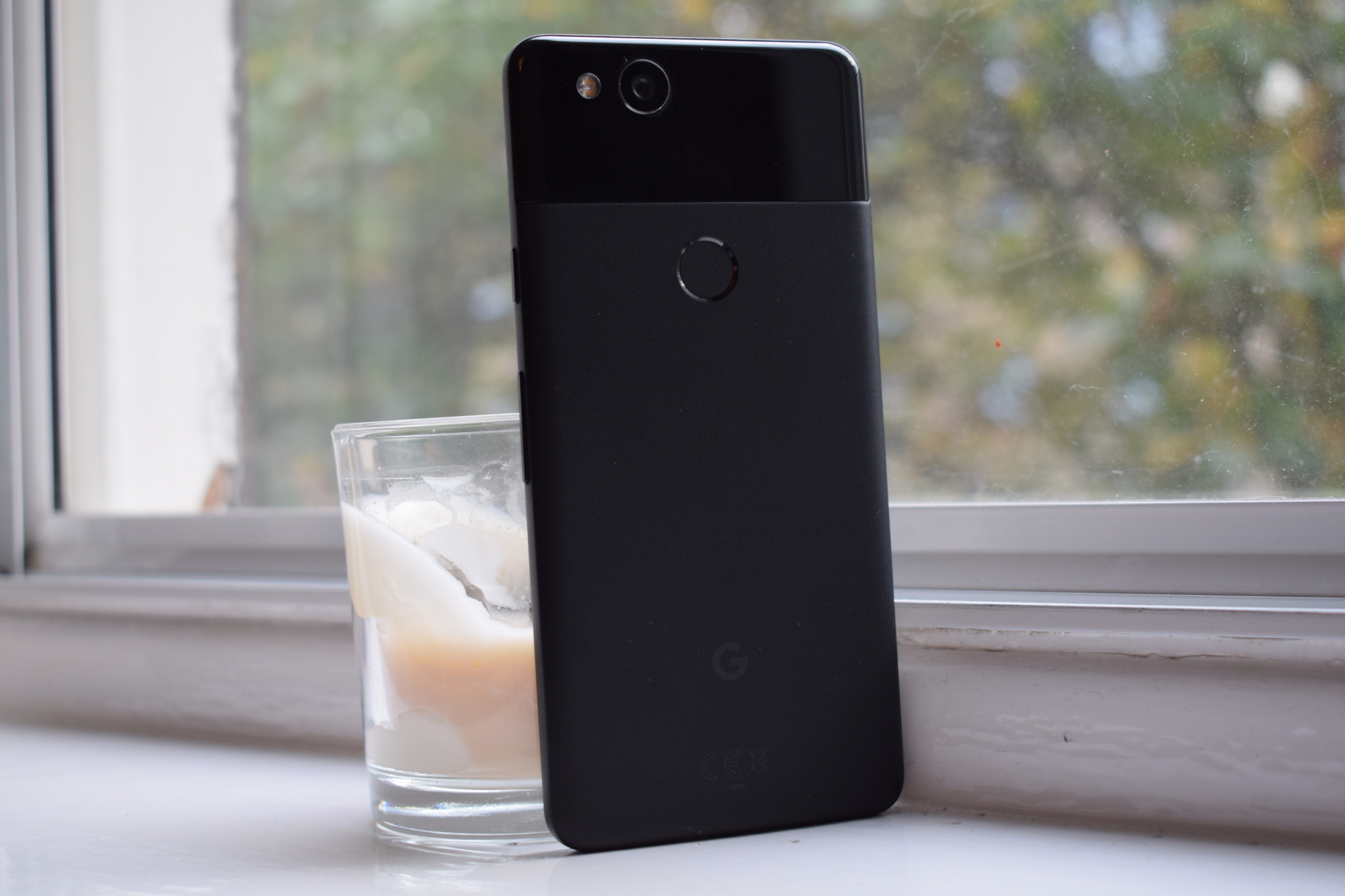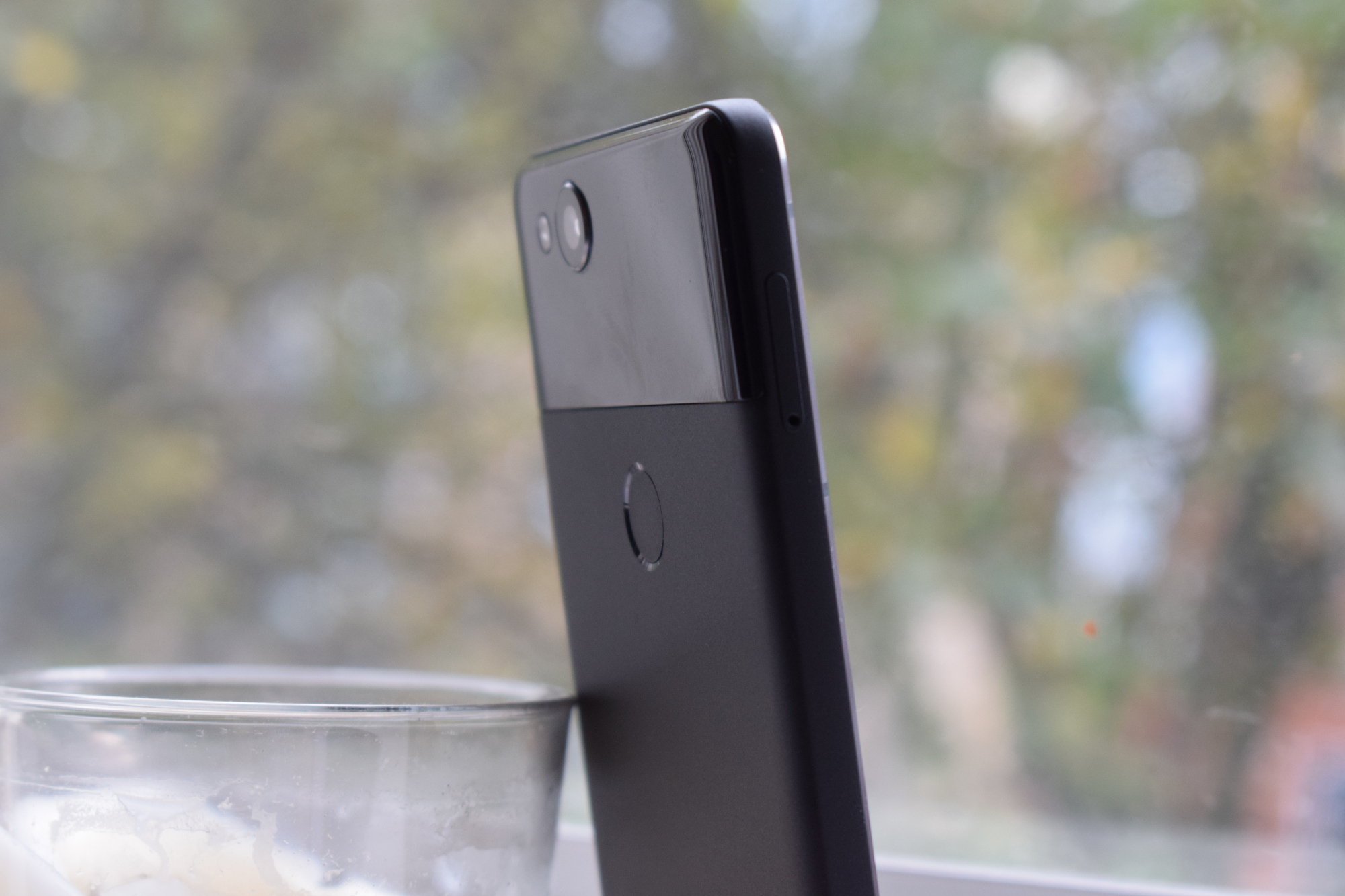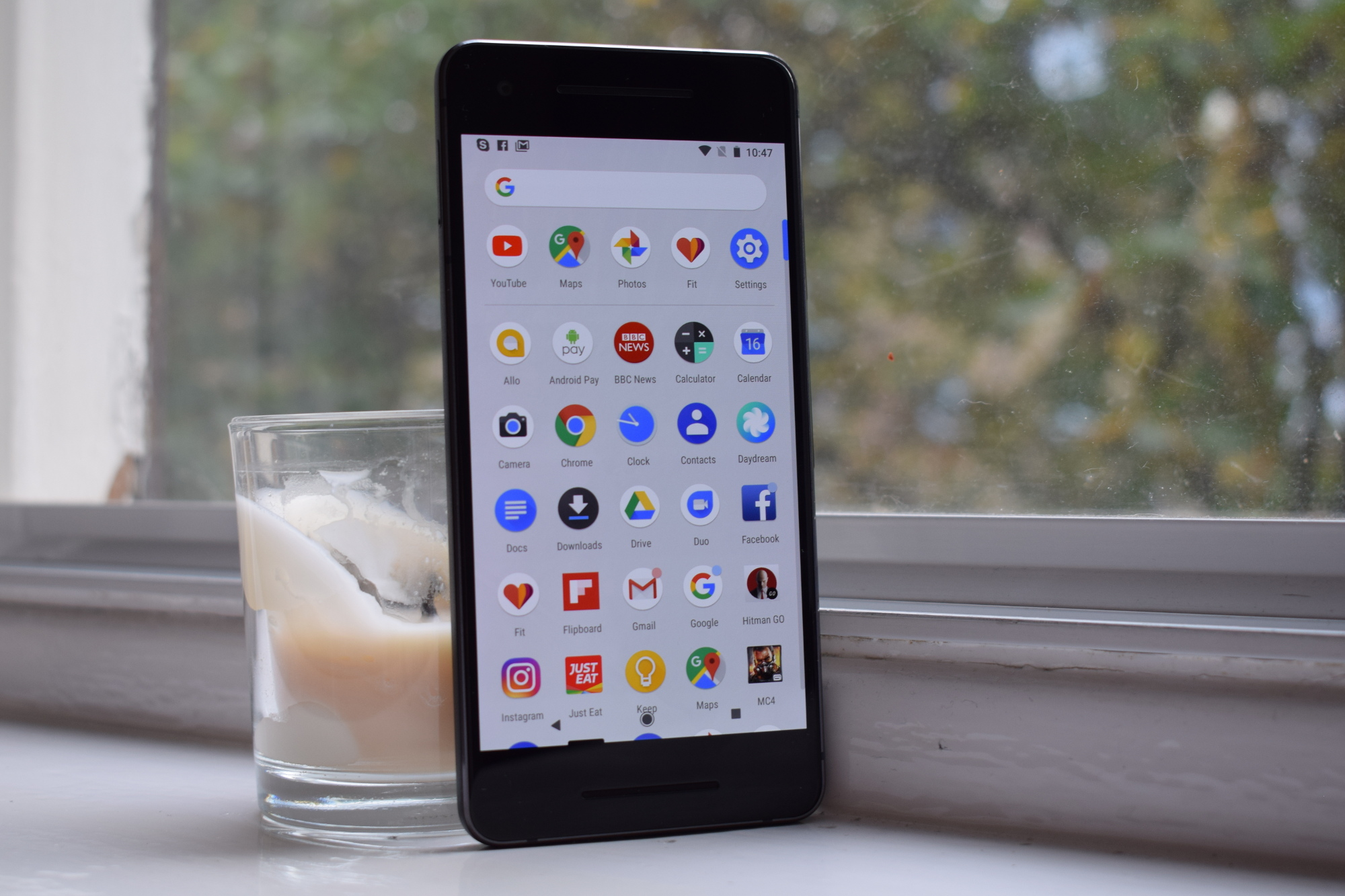Google Pixel 2 review
It’s Google’s smartest smartphone yet, but don’t expect mind-blowing design
In a vacuum the Pixel 2 is a great Android smartphone, with a vibrant display, and a solid construction with innovative squeezable edges. However, in the face of stiff competition from Samsung, LG and OnePlus, the Pixel 2 looks outdated, with only its excellent camera and lovely Android experience making it noteworthy.
-
+
Well made handset now with water resistance; Brilliant camera with smart features; Active Edge works well with the Google Assistant
-
-
Outdated 2016-era design; Overly large bezels; Expensive for a minor upgrade over the Pixel

Google-branded smartphones first made their debut with the Nexus One handset back in 2010, made in collaboration with HTC and designed to offer a pure Android experience. Several years later, Google dreamed up the Pixel phones - handsets manufactured by HTC but 100% designed by Google.
The Pixel and larger sibling the Pixel XL introduced Android Nougat and, more importantly, the machine learning powered Google Assistant; the result was a brace of well-received (if not ground-breaking) smartphones featuring a genuinely smart virtual assistant.
Now Google is looking to build upon its Pixel prowess with the Pixel 2. And in that it succeeds - mostly.
Design
The Pixel 2 sports a design that's very much an evolution over its predecessor, rather than a revolution. It's now slimmer and with less chunky chamfered edges, adding up to an altogether tidier appearance.
The aluminium-and-glass aesthetic is still present and correct, only this time the glass panel that gave the original Pixel its distinct look has been shrunk down so it takes up less than a quarter of the phone's rear panel, harking back to the design of the Nexus 6P.

The fingerprint scanner now sits amid the textured aluminium back-panel. While not as nice to the touch as the smooth metal or glass found in other flagship smartphones, it fits the Pixel 2's tweaked design nicely and helps make the lighter phone still feel sturdy, comfortable to hold, and less likely to escape your grasp.
Available in four simple, two-tone colour schemes, Clearly White, Kinda Blue, and Just Black, the Pixel 2 is hardly flush with colour options. Our review handset came in Just Black which added to the utilitarian feel of the Pixel 2.
Unlike a good few Android phones that made their debut this year, the Pixel 2 eschews the edge-to-edge screen design and has rather chunky bezels, which make the screen feel a little cramped despite sitting at 5-inches; while not ugly the bezels certainly keep the Pixel 2 from looking as sleek as other 2017 Android phones.
The upside to the bezels is they hold a set of stereo speakers that give the handset a much punchier sound than the original Pixel, though headphones are still the best option for audio.
Speaking of headphones, Google has aped Apple with the Pixel 2 and done away with the 3.5mm headphone jack. Instead, audio will be piped through the handset's USB Type-C port, meaning people without Bluetooth headphones will need to use the bundled adapter or invest in USB-C headphones.
With the removal of one feature comes the addition of another; the HTC U11-inspired Active Edge. A quick squeeze of the solid-feeling lower quarter sides of the handset activates the Google Assistant without the need to bark 'Ok Google' or long-press the virtual home button. What felt like a gimmick at first, is actually genuinely useful if you use Google's virtual assistant regularly.

Overall, the Pixel 2 has a design that's nowhere near as flashy as other Android handsets, such as Samsung's Galaxy S8. Rather, the Pixel 2 in some ways feels as though it has drawn influence from Scandinavian furniture, with a pragmatic and unassuming design that almost melts away with use as focus is drawn to the tactile feel of the handset and its smart features.
Display
Measuring 5in across and sporting a Full HD AMOLED panel, the Pixel 2's 441ppi display is the same as the first Pixel's on paper, but given the latter had a vibrant and bright display, that's no bad thing.
The Pixel 2 keeps up the good work of its predecessor too, with top contrast ratio of infinity:1, and excellent brightness when compared to other modern Android handsets, but this time the Pixel 2 presents more natural colours, with 96% sRGB coverage, over the original model. It lacks a little of the punch of its predecessor but avoids displaying colours that look unnatural or overblown in videos and photos.
A 5in Full HD display with a traditional 16:9 aspect ratio is fairly standard in modern mobiles, but to help jazz things up, Google has added a Samsung Galaxy-style 'always on' display, which will display the time, date and incoming notification without needing the user to wake the handset. It's a useful feature, but it can get a little distracting at times.
While the Pixel 2's display is up to the standard of most flagship Android phones, we can't help but feel Google could have pushed the envelope more with the screen. We would have preferred it to aim for a bezel-less design, but that energy was saved for the larger Pixel 2 XL.
Performance and battery life
Under the Pixel 2's chassis sits Qualcomm's Snapdragon 835 system-on-chip, a powerful chipset found on most of 2017's other flagship phones. The chip has eight processor cores running at 2.35GHz and is paired with 4GB of RAM, giving the Pixel 2 plenty of compute power in its slim frame.
Our benchmark tests yielded a Geekbench 4 score of1,914 for the single core test and 6,303 for multicore performance; pretty much on par with other high-end phones available; for example, the OnePlus 5 with the same chipset scores 1,944 and 6,698, while the Galaxy S8 hits 1,994 and 6,629 respectively.

But the real-world performance of the Pixel 2 is where it really shines. Thanks to using Android Oreo with little more than the Pixel launcher interface added on top of it, the Pixel 2 has no heavy skins, overlays, or flabby third-party software to slow it down.
Instead, the Pixel 2, much like its predecessor, is highly optimised and Android runs wonderfully, though you'd be hard pressed to tell the difference in performance between the Pixel 2 and its predecessor.
Flittering through apps and web pages is super smooth; even with numerous apps open at the same time Pixel 2 seems immune to any slowdown. Graphically-intensive software like games pose no problem for the phone's internals, and watching high-resolution videos while texting in split screen mode is handled with aplomb.
This performance, helped by the lack of flabby software, make the phone a great productivity workhorse, alongside being great for general use.
Storage starts at 64GB and goes up to 128GB. Coupled this generous allocation with the company's offer of free Google Photos storage for all Pixel 2 customers, and you should have absolutely no problems with local storage.
In everyday use, there's not much to see the Pixel 2's performance as much of a step over the original Pixel. But its beefy innards should give it a degree of future proofing when more graphically demanding apps crop up, such as virtual reality games for the Google Daydream headset.
Get the ITPro daily newsletter
Sign up today and you will receive a free copy of our Future Focus 2025 report - the leading guidance on AI, cybersecurity and other IT challenges as per 700+ senior executives
Roland is a passionate newshound whose journalism training initially involved a broadcast specialism, but he’s since found his home in breaking news stories online and in print.
He held a freelance news editor position at ITPro for a number of years after his lengthy stint writing news, analysis, features, and columns for The Inquirer, V3, and Computing. He was also the news editor at Silicon UK before joining Tom’s Guide in April 2020 where he started as the UK Editor and now assumes the role of Managing Editor of News.
Roland’s career has seen him develop expertise in both consumer and business technology, and during his freelance days, he dabbled in the world of automotive and gaming journalism, too.
-
 ‘Phishing kits are a force multiplier': Cheap cyber crime kits can be bought on the dark web for less than $25 – and experts warn it’s lowering the barrier of entry for amateur hackers
‘Phishing kits are a force multiplier': Cheap cyber crime kits can be bought on the dark web for less than $25 – and experts warn it’s lowering the barrier of entry for amateur hackersNews Research from NordVPN shows phishing kits are now widely available on the dark web and via messaging apps like Telegram, and are often selling for less than $25.
By Emma Woollacott Published
-
 Redis unveils new tools for developers working on AI applications
Redis unveils new tools for developers working on AI applicationsNews Redis has announced new tools aimed at making it easier for AI developers to build applications and optimize large language model (LLM) outputs.
By Ross Kelly Published
-
 Google layoffs continue with "hundreds" cut from Chrome, Android, and Pixel teams
Google layoffs continue with "hundreds" cut from Chrome, Android, and Pixel teamsNews The tech giant's efficiency drive enters a third year with devices teams the latest target
By Bobby Hellard Published